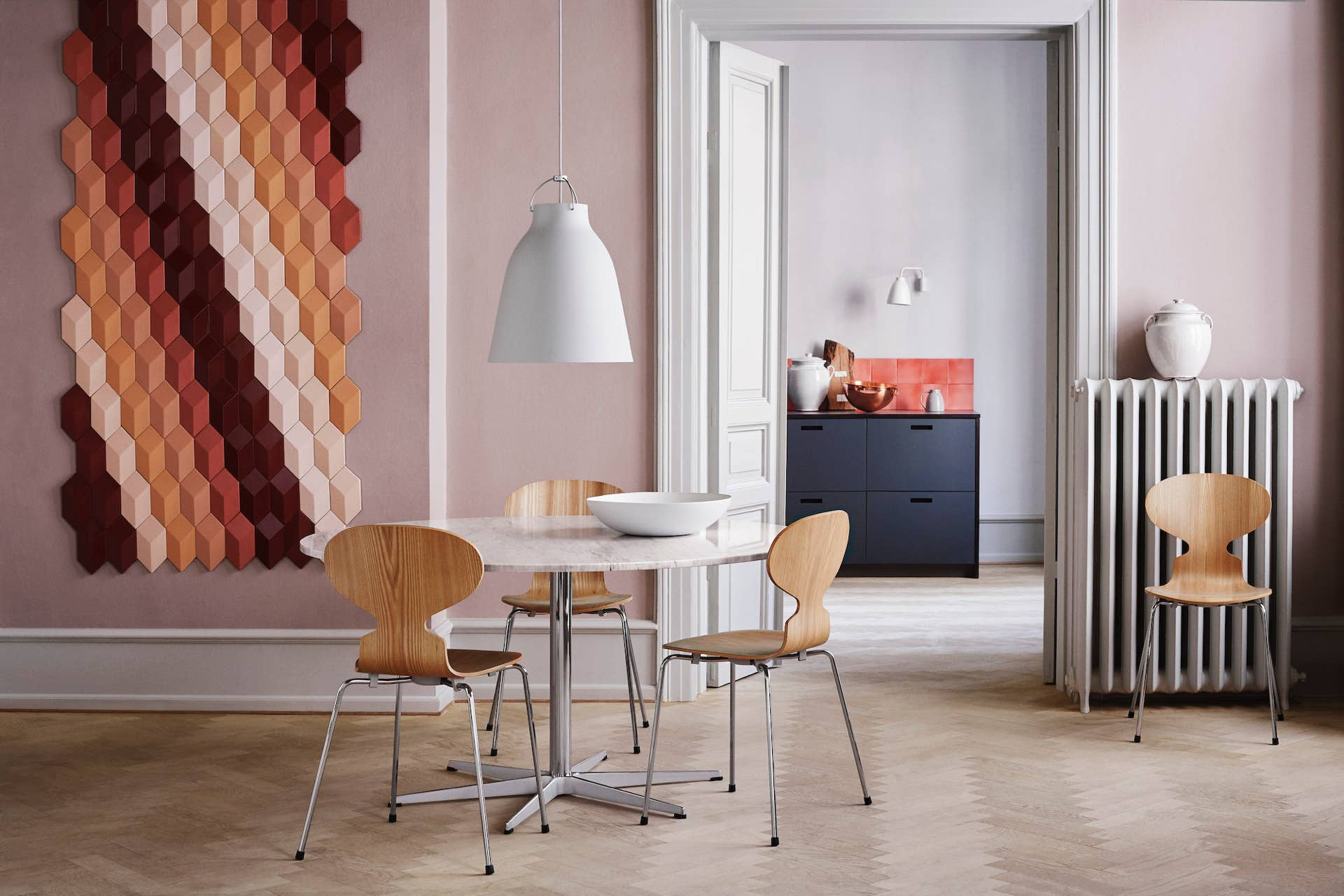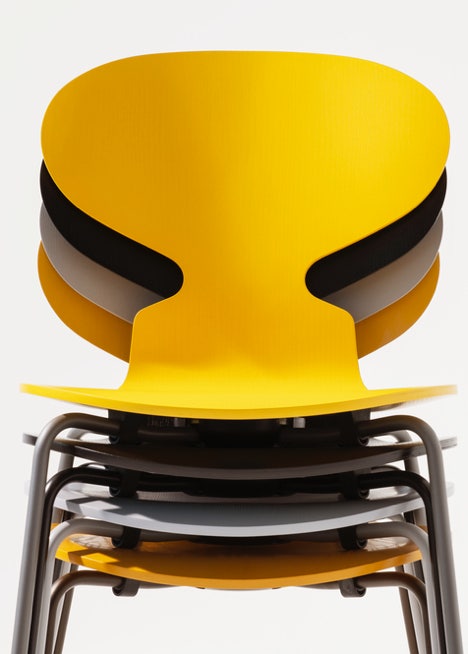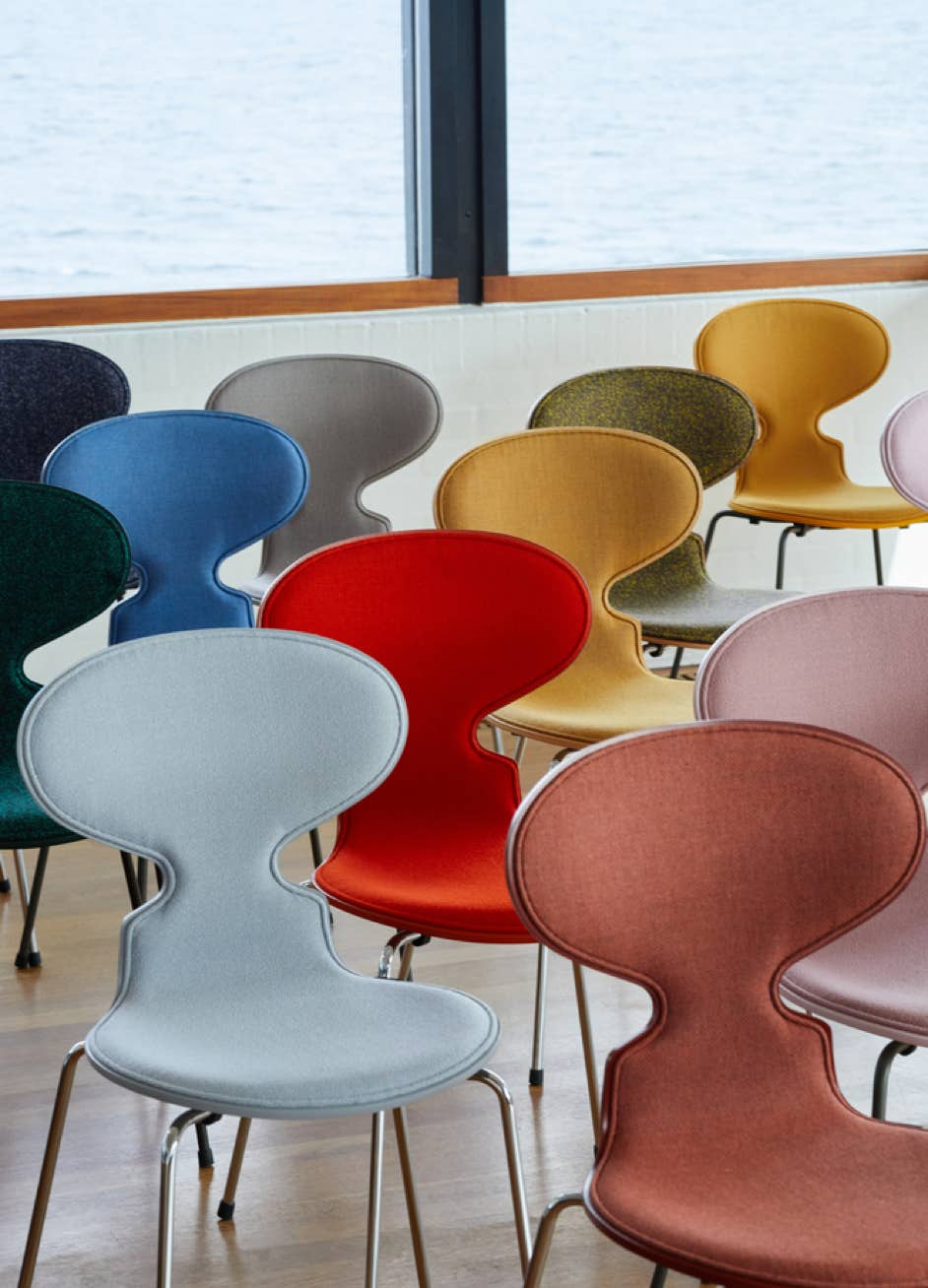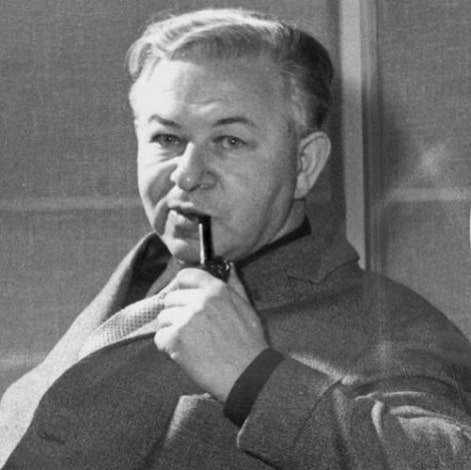
Arne Jacobsen designed the Ant Chair for the canteen of Novo Nordisk, a Danish international healthcare company. An authentic icon of Scandinavian design, it is considered by many specialists to be the chair that has had the strongest aesthetic influence on designer furniture.


The Fourmi Chair is remarkably comfortable despite its minimalist shape and the simplicity of its design. The shell is made up of several layers of pressed and molded veneered wood which give it both its resistance and its perfect elasticity.
The base is made up of 14 mm section steel tubes resting on synthetic material shock absorbers.
Seat height 4 legs : 43 or 46 cm / 3 legs : 44 or 46 cm
Width 48 cm Depth 48 cm
Warantly Fritz Hansen offers 20 years of warranty after registering your furniture on fritzhansen.com/my-fh
Arne Jacobsen

Arne Jacobsen is born on February 11, 1902 in Copenhagen. His father, Johan Jacobsen, is a wholesale trader in safety pins and snap fasteners. His mother, Pouline Jacobsen, a bank clerk, paints floral motifs in her spare time. The family lived in a typical Victorian style home. As a contrast to his parents’ overly decorated taste, Arne paints his room in white.
Background & school relations
He met the Lassen brothers at Nærum Boarding School: later, Flemming Lassen was to become his partner in a series of architectural projects. Arne Jacobsen is a restless pupil, always up to pranks, with a self-deprecating humour. Already as a child, he showed an extraordinary talent for drawing and depicting nature through scrupulous studies. He wants to be painter, but his father felt that architect was a more sensible choice.
The Pleasant and the necessary trips abroad
Jacobsen’s travelling begin already in his twenties, when he went to sea to New York. Then followed an apprenticeship as a bricklayer in Germany and a series of study and drawing excursions to Italy. Jacobsen produced some of his finest watercolours during this period, capturing atmospheres and shapes accurately and carefully. From the beginning of his career, Jacobsen turned his gaze abroad, without abandoning Danish traditions.
Arne Jacobsen behind the design
Jacobsen production reflects his personality: an insistent, perfectionist modernist, to whom no detail was trivial, although the main picture was basically black/white and unambiguous. On the other hand, the nature-loving botanist and jovial family man: like him, his work is precise and warm, Danish and universal, modern and timeless.